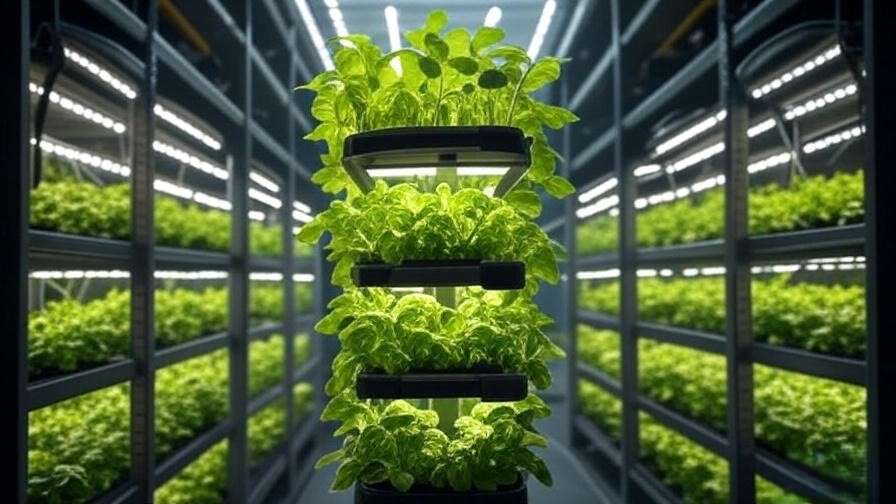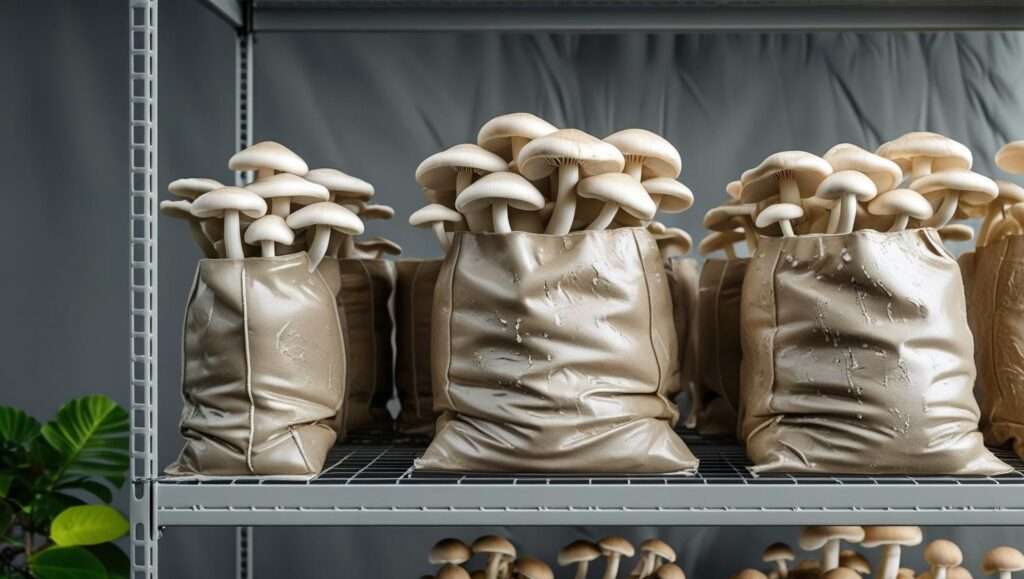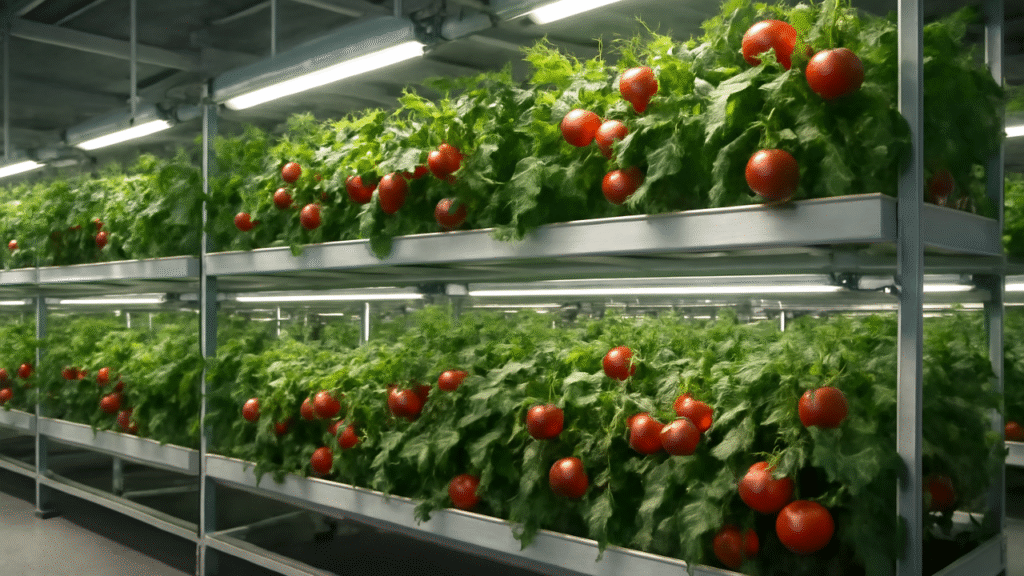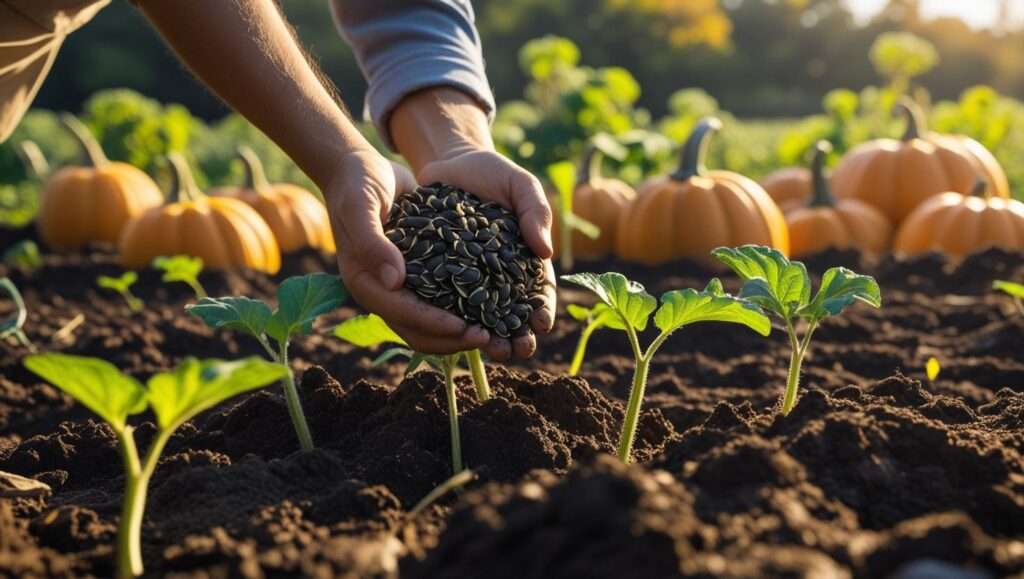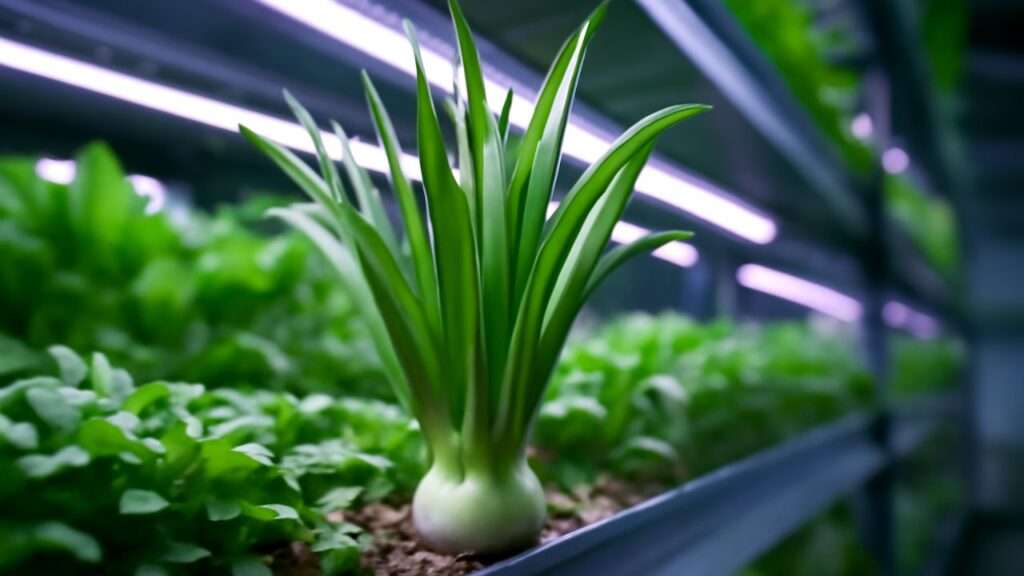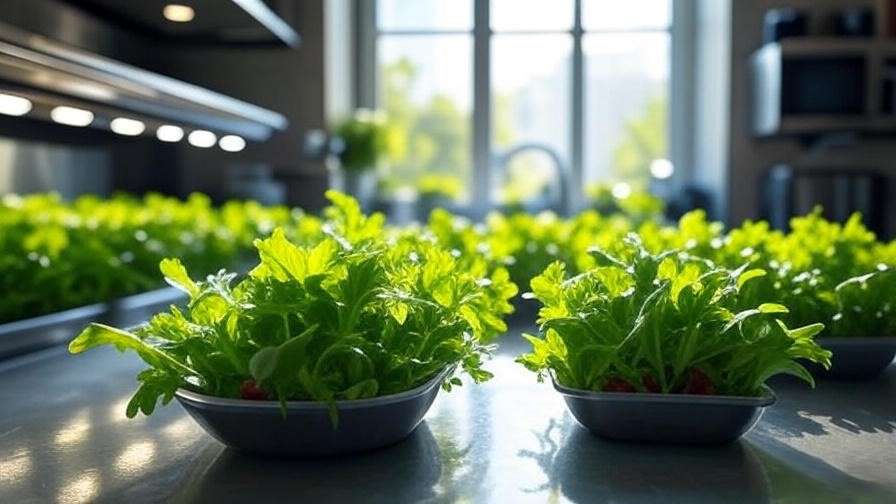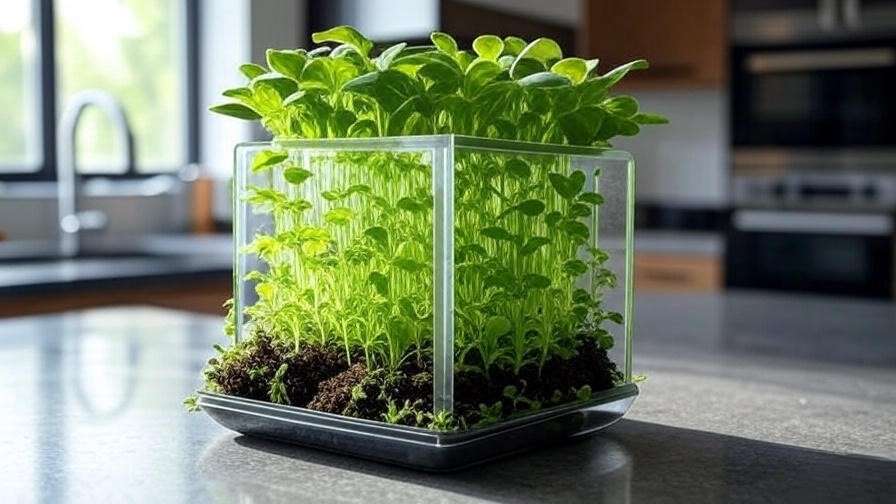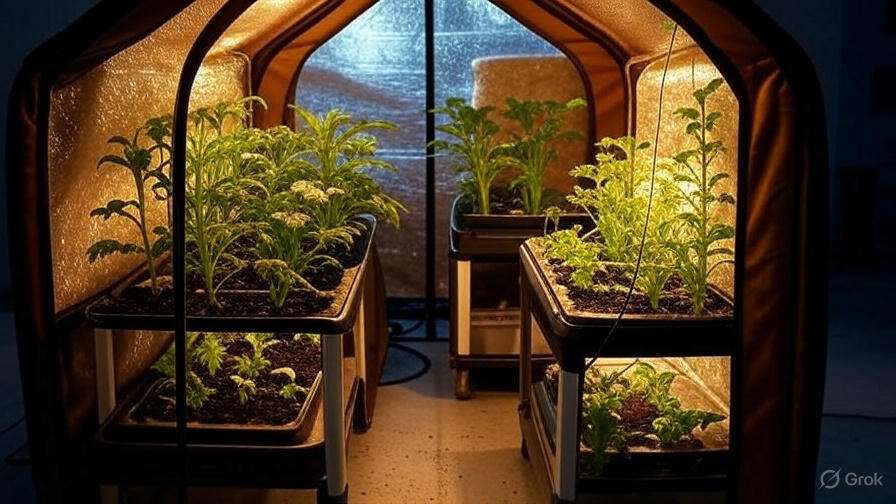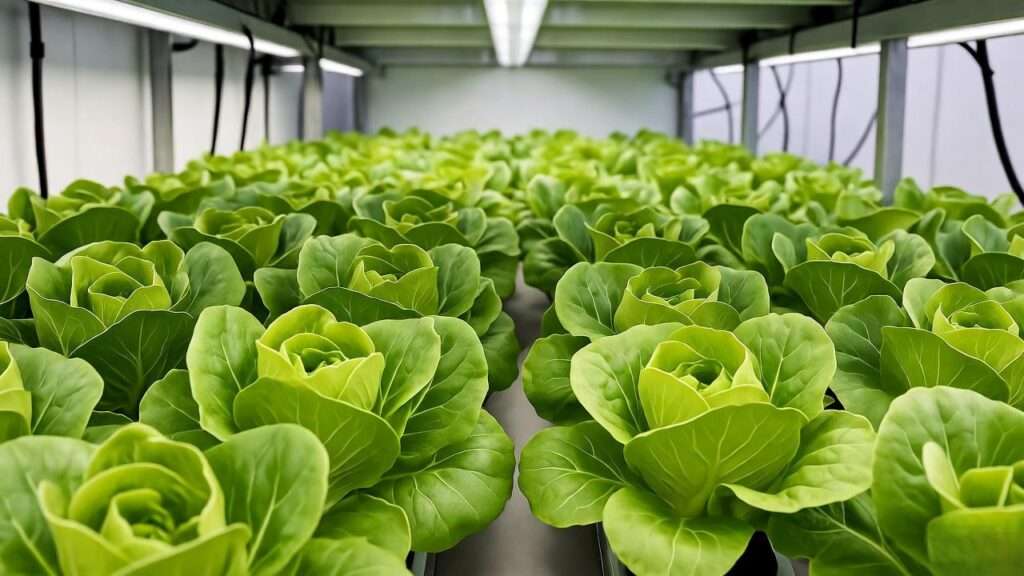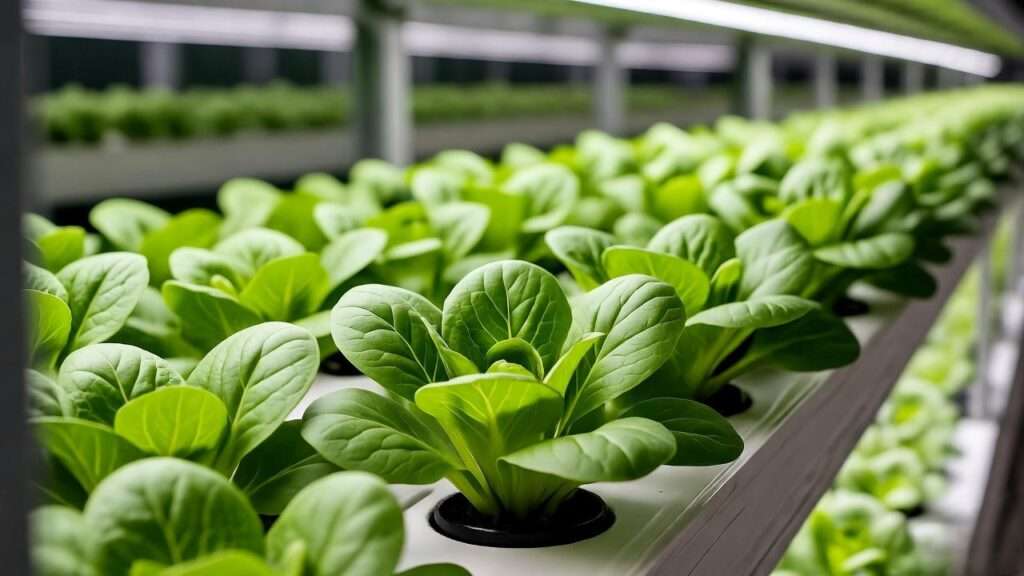Picture a towering stack of lush peanut plants thriving indoors, producing bushels of nuts in a fraction of the space used by traditional farms—all while slashing water use and eliminating pesticides. This isn’t a futuristic fantasy; it’s the reality of vertical farming, a game-changer for growing peanuts sustainably. If you’re wondering how does a peanut grow , this guide will unravel the process, offering actionable insights for farmers, hobbyists, and agricultural innovators.
transforms the way we cultivate peanuts (Arachis hypogaea), addressing land scarcity and environmental challenges with cutting-edge technology. Drawing from agricultural research, case studies, and expert insights, this article provides a comprehensive roadmap to mastering peanut cultivation in vertical systems, ensuring high yields and sustainability.
Understanding Peanuts and Their Growth Requirements
The Biology of Peanut Growth
Peanuts are unique legumes with a fascinating growth cycle. After germination, the peanut plant develops a bushy structure, producing yellow flowers that self-pollinate. Post-pollination, the plant forms “pegs”—elongated structures that burrow into the soil to develop pods underground. This pegging process is critical, requiring loose, well-aerated substrates. Peanuts thrive in temperatures between 70-85°F, with moderate humidity (50-60%) and nutrient-rich conditions, particularly high in calcium and magnesium for pod development. The growth cycle spans 90-150 days, depending on the variety, with key stages including germination (5-10 days), vegetative growth (30-40 days), flowering (25-35 days), pegging, and pod maturation.

Challenges of Traditional Peanut Farming
Traditional peanut farming demands vast tracts of arable land, significant water resources, and intensive labor. According to the USDA, peanut cultivation in the U.S. uses approximately 1.5 million acres annually, with irrigation needs averaging 15-20 inches of water per season. Pests like root-knot nematodes and diseases such as early leaf spot pose constant threats, often requiring chemical interventions. Weather variability, including droughts or excessive rainfall, can devastate yields. Vertical farming mitigates these issues by offering controlled environments, reducing water use by up to 90% (per FAO studies), and minimizing pest risks, making it an attractive alternative for modern agriculture.
What Is Vertical Farming and Why It Matters for Peanuts
Defining Vertical Farming
Vertical farming involves growing crops in stacked layers, typically indoors, using advanced systems like hydroponics (nutrient-rich water), aeroponics (mist-based nutrient delivery), or soil-based setups. Technologies such as LED grow lights, automated irrigation, and climate control systems create optimal growing conditions. According to a 2023 report by the University of Arizona, vertical farms can achieve up to 10 times the yield per square foot compared to traditional fields. Benefits include year-round production, reduced water consumption, and the ability to Westbrook: to grow crops without pesticides in urban settings.
Why Peanuts Are a Perfect Fit for Vertical Farming
Peanuts are well-suited for vertical farming due to their compact growth habit, which fits neatly into stacked systems. The high market demand for peanuts—used in peanut butter, snacks, and oils—makes them a lucrative crop for vertical farms. Controlled environments enable organic production, appealing to health-conscious consumers. Additionally, peanuts’ relatively short growth cycle aligns with the rapid production goals of vertical farming, allowing multiple harvests annually.
How Does a Peanut Grow Under Vertical Farming?
Adapting Peanut Cultivation to Vertical Systems
Growing peanuts in vertical farms requires adapting their unique pegging process to controlled environments. Substrates like coco coir, peat moss, or vermiculite mimic soil, providing a loose medium for pegs to penetrate. Hydroponic systems can also be used, with nutrient solutions tailored to peanuts’ needs—high calcium (100-150 ppm) and magnesium (50-70 ppm) are essential for pod formation. LED grow lights are critical, with blue-heavy spectra (450-500 nm) supporting vegetative growth and red-heavy spectra (620-700 nm) promoting flowering and pegging. Research from Purdue University suggests a 16-hour light cycle with 300-400 µmol/m²/s intensity optimizes peanut growth.

The Pegging Challenge in Vertical Farming
The pegging process poses a unique challenge, as peanut pods develop underground. Vertical farms address this with specialized trays filled with loose substrates, allowing pegs to burrow effectively. Innovations like modular pegging trays, developed by companies like AeroFarms, ensure consistent pod development. A 2024 case study from Cornell University demonstrated a 25% yield increase in vertical peanut farming using coco coir substrates compared to traditional soil methods, highlighting the potential of these systems.
Climate Control and Automation
Maintaining a stable climate is crucial. Peanuts require 70-85°F temperatures and 50-60% humidity, achievable through automated HVAC systems. IoT sensors monitor substrate moisture, pH (ideal range: 6.0-6.5), and nutrient levels, ensuring precision. Energy-efficient systems, such as solar-powered LEDs, reduce operational costs. Automated nutrient delivery systems, like those used by Bowery Farming, can cut labor costs by 30%, per industry reports, making vertical peanut farming scalable and cost-effective.
Step-by-Step Guide to Growing Peanuts in a Vertical Farm
Step 1: Selecting the Right Peanut Varieties
Choose high-yield, disease-resistant varieties like Runner or Virginia peanuts, which are ideal for vertical systems due to their compact size and 100-120-day growth cycles. The Georgia-06G variety, for example, offers high pod yields and resistance to tomato spotted wilt virus, per USDA research.
Step 2: Setting Up the Vertical Farming System
Select a system based on your scale and budget:
- Hydroponics: Nutrient film technique (NFT) systems deliver water-based nutrients, ideal for large-scale farms.
- Aeroponics: Mist-based systems save water but require advanced equipment.
- Soil-based: Coco coir or peat trays support pegging and are beginner-friendly.

Essential equipment includes LED grow lights (200-300 watts/sq.m), irrigation pumps, and environmental sensors. Stackable trays with 12-18 inches of vertical spacing accommodate peanut plants’ 24-inch height.
Step 3: Planting and Germination
Soak peanut seeds for 12 hours to enhance germination, then plant 1-2 inches deep in substrate trays, spaced 6-8 inches apart. Maintain 75-80°F substrate temperature and 70% moisture during the 5-10-day germination period. Use seedling heat mats for consistent warmth in cooler climates.
Step 4: Managing Growth Stages
- Vegetative Growth (30-40 days): Use nutrient solutions with high nitrogen (150-200 ppm) and blue-spectrum lighting. Maintain 16-hour light cycles.
- Flowering (25-35 days): Shift to red-spectrum lighting and increase potassium (100-150 ppm) to support flower development.
- Pegging and Pod Development: Ensure substrates remain loose and moist (60-70% capacity). Calcium supplementation is critical to prevent pod rot.
Monitor for pests like spider mites, which are rare but possible in indoor settings. Organic neem oil sprays are effective and safe.

Step 5: Harvesting and Post-Harvest Handling
Harvest when 70-80% of pods are mature (90-120 days), indicated by hardened shells and brown inner linings. Gently lift plants to avoid damaging pods. Dry pods at 95-100°F for 5-7 days to reduce moisture content to 10%, ensuring long-term storage. Store in airtight containers at 40-50°F to maintain quality for up to 12 months.
Benefits and Challenges of Growing Peanuts Vertically
Advantages of Vertical Peanut Farming
Vertical farming boosts peanut yields by up to 10 tons per acre annually, compared to 4-5 tons in traditional fields, per USDA data. Water usage drops by 90%, and pesticide-free production meets organic market demands. Year-round harvests stabilize supply chains, benefiting urban markets with fresh, local peanuts.
Potential Challenges and Solutions
- High Setup Costs: Initial investments for LEDs and climate
- . Start with a single-layer pilot system to test feasibility.
- Energy Consumption: LEDs and HVAC systems consume significant power. Use energy-efficient LEDs (e.g., Philips GreenPower) and explore solar energy to cut costs.
- Technical Expertise: Vertical farming requires knowledge of hydroponics and automation. Online courses from platforms like Coursera or local agricultural extensions can bridge the gap.
Expert Insights and Innovations in Vertical Peanut Farming
Dr. Sarah Thompson, an agronomist at Purdue University, notes, “Peanuts are an untapped opportunity in vertical farming. Their compact growth and high market value make them ideal for controlled environments, especially with innovations in pegging substrates.” Emerging technologies, like AI-driven growth monitoring systems from Plenty, optimize light and nutrient delivery, increasing yields by 15%. Hybrid systems combining hydroponics and soil-based trays are gaining traction, offering flexibility for small-scale farmers.
Practical Tips for Success
- Start Small: Test a single tray system to refine substrate and lighting settings before scaling.
- Invest in Quality LEDs: Choose full-spectrum lights with adjustable wavelengths to support all growth stages.
- Calibrate Nutrients: Weekly pH and nutrient checks prevent deficiencies, particularly calcium, which is critical for pod formation.
- Case Study: A California vertical farm reported a 30% yield increase using hydroponic NFT systems with coco coir pegging trays, demonstrating the power of hybrid setups.
Environmental and Economic Impact
Vertical peanut farming reduces environmental impact by conserving water and eliminating chemical runoff, aligning with UN sustainability goals. Economically, organic peanuts fetch premium prices ($2-3/lb vs. $1/lb for conventional), per 2024 market data. Urban vertical farms can supply local markets, reducing transport emissions and meeting consumer demand for fresh, sustainable produce.
FAQs
How long does it take to grow peanuts in a vertical farm?
Peanuts mature in 90-120 days, depending on variety and conditions, with vertical systems enabling multiple cycles per year.
Can peanuts grow without soil in vertical farming?
Yes, hydroponic or aeroponic systems with loose substrates like coco coir support pegging and pod development effectively.
What are the biggest challenges in vertical peanut farming?
Pegging management, high setup costs, and energy use are key challenges. Specialized trays and energy-efficient systems provide solutions.
Is vertical peanut farming profitable?
Yes, high yields and premium pricing for organic or local peanuts can yield strong ROI, especially in urban markets.
What equipment is essential for starting a vertical peanut farm?
LED grow lights, irrigation systems, climate control units, and pegging-friendly trays are critical for success.
Conclusion
Vertical farming revolutionizes peanut cultivation, offering sustainable, high-yield solutions for modern agriculture. By adapting the pegging process to controlled environments, farmers can achieve year-round harvests with minimal environmental impact. Whether you’re a seasoned farmer or a curious beginner, start small with a pilot system and leverage expert insights to optimize your setup. Explore local agricultural extension services or online resources to deepen your knowledge, and join the growing community of vertical farmers transforming food production. Share your experiences or questions below to keep the conversation going!

